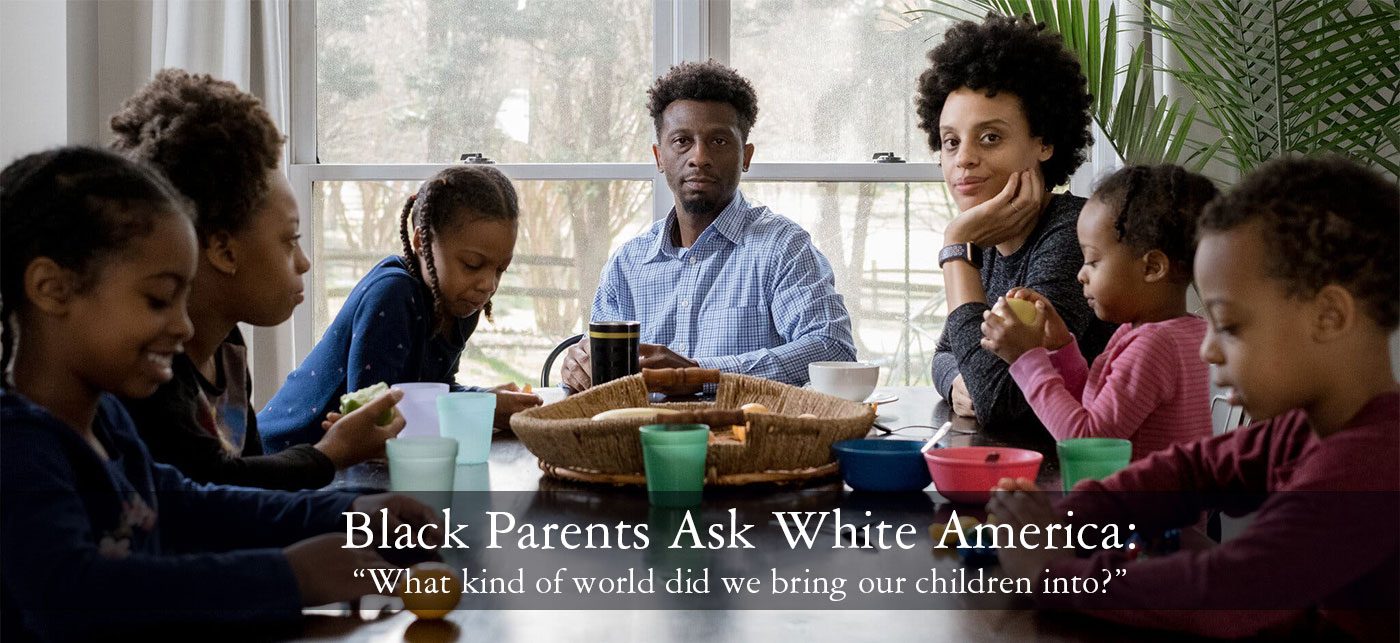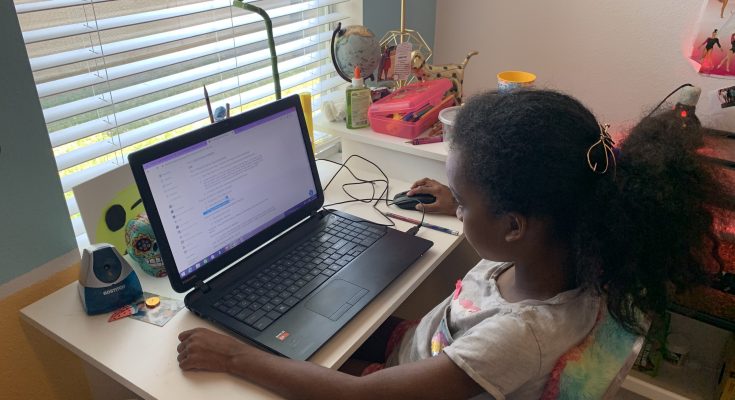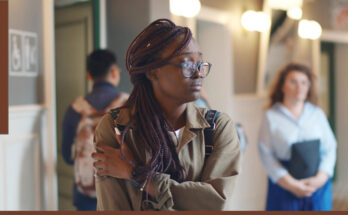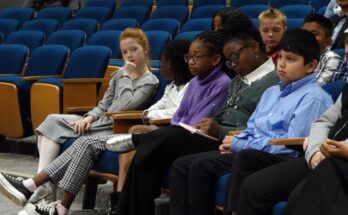by Josh Stern | Student, NYC Department of Education
Well, we’ve done it! With the passage of July 4, summer is officially in full swing! But for millions of educators across the country, work is hardly over. What will the fall look like? What is the future of education? These are big questions that a lot of people have spent a lot of the summer thinking about. But in my mind, the biggest question of all is: “how do we make this return to school an equitable one?” As a rising senior in high school who is physically disabled, I am painfully aware of what it feels like to be left out. That is why I’ve chosen to spend my time exploring how we can use this pivotal moment in our history, a pandemic that has forced us to abandon everything that we know about education, to change course and create a more equitable future for all. A future that focuses on the student, not the system, and on the world, not just the classroom. What follows is an outline of my five greatest hopes for the future.
See the student, not the score.
One of my greatest hopes for the future is a shift towards the holistic when evaluating student achievement. In situations like standardized college examinations, the greatest, but completely invisible, variable is access. Not only is high quality test preparation incredibly expensive, but it is also dependent on geographic location. This raises the question: what is the test really measuring? The answer is really the quality of a particular student’s education, not their ability. As these tests have been suspended due to the COVID-19 pandemic, I’ve wondered at their relevance. What can we do to see the student as a person, not a number, especially as mental health comes to the fore? I’ve got to say, I’m not going to claim to know the answer to this one, but it’s something I would love to see explored in the near future.
Schedule Revamp
One of the harshest realities that we’ve had to face in large school districts like New York City is that there is simply no way to safely get every student back to school in September. Several districts across the country are examining the concept of rotating schedules, wherein students are split into several groups and each attend school at different times. I would like to propose an entirely different system. One of the greatest things that came to light as a result of the pandemic were student strengths and weaknesses. I, for example, am very strong in most subjects, but struggle tremendously with mathematics. As a result, I fell severely behind during remote learning. Other students all across the country had the same issue. I propose that instead of a rotating schedule, students and parents are asked to assess strengths and weaknesses, and students are placed into in-person classes based on the subjects they need the most support with, while they attend classes in their strongest subjects remotely. This ensures that there will be less of an achievement gap, and students will be well prepared to return to school full-time when possible.
What is a classroom?
As schools contend with limited occupancy in physical classrooms, one of my greatest hopes is that the definition of the classroom will change. Throughout the pandemic, we’ve seen that kitchens can double as science labs and backyards as gymnasiums, so, in my mind, as things begin to reopen, our next challenge will be leveraging public space. How can we begin to mesh the real world and the classroom? Let’s teach art class in a museum, biology in a park, and English in a library. Not only will this provide more space, but it will also give our students engaging, applicable, and fun experiences that foster creativity and a love for learning beyond what a desk and textbook can provide.
Student voice in curricular design
How can we use this moment to design curriculums that are far more engaging, practical, and inclusive then anything that we’ve never seen before? Students are truly the customers of school districts, and yet they traditionally have no input in curricular design. The simplest way to ensure that students retain information and enjoy learning is by asking them! A good friend of mine once said: “it’s the job of the student to find what they are passionate about, and the job of the school to find the learning in that.” Learning is truly everywhere, but it’s up to us to find it. I would love to start seeing school districts form curricular advisory councils that adds a student seal of approval to the general curriculum used throughout the district or curricular organization (such as the Common Core). In addition, ensure that course evaluations are administered regularly and given the weight that they deserve, they are the simplest way to create ground-level, actionable feedback.
Health First
First of all, ensure that proper social distancing, handwashing, and masking procedures are followed at your school. But physical health is not the only component at play during this pandemic. Mental health is more important now than ever: each student is undergoing their own unique experience and challenges during this time. It is essential that we provide the guidance and support to help all students, especially high schoolers, through this difficult time. When assigning work and schedules, keep in mind a student’s other responsibilities, life at home, and general stress level. By no means do I mean to advocate for a less rigorous curriculum, but this is a tough time for everyone, so please be flexible and willing to adapt as educators, students, and staff throughout this time.
In conclusion, I’d like to remind you that my voice is but one among many. Student and staff feedback is essential during this time, and things will likely change at a moment’s notice. Seek this feedback actively and regularly, and your community will be stronger for it. Be there for each other, be there for yourselves, and together, I hope we all can change the world.
Josh Stern
Student, NYC Department of Education
He/Him/His
Twitter: @JoshSternNYC





